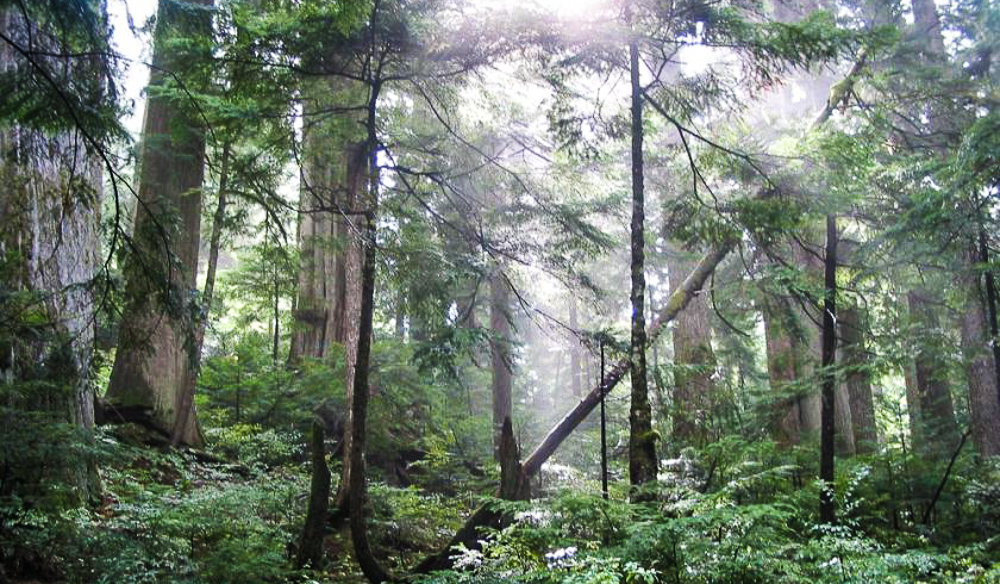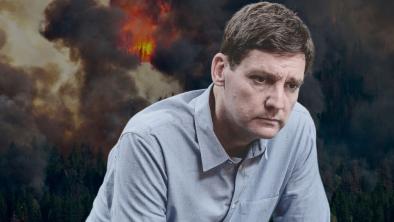Logging B.C.'s ancient forests adds to extinctions
Vancouver Sun

Governments everywhere must safeguard ancient forests, their webs of life and the life support systems upon which we all depend.
Human destruction and disruption of the natural world have sped up the natural rate of species extinction by at least 100 times. A recent study found that globally billions of populations of mammals, birds, reptiles and amphibians have been lost in recent decades with habitat destruction as the leading cause, now exacerbated by global warming. They referred to the massive loss of wildlife as “biological annihilation.”
Here in “Super, Natural B.C.,” we often celebrate our biological richness and spectacular landscapes. Many of us hang on to the belief that things are not so bad in our neck of the woods, despite the fact that 1,900 B.C. species are at risk of disappearing.
For a reality check, consider this: Vancouver Island’s remaining intact rainforest is being destroyed three times faster than the remaining Amazon rainforest in Brazil.
Brazil’s new president, Jair Bolsonaro, acted immediately to open large areas of the Amazon rainforest to industry, including in protected territories of Indigenous peoples. This puts at risk the 80 per cent of the rainforest that remains standing. In the last 25 years, nearly 10 per cent of the rainforest has been destroyed, falling to 3.3 million square kilometres last year compared to 3.7 million sq. km in 1993.
Globally, and right here at home, the loss of intact forests threatens species, carbon storage, clean air and clean water. In some countries, this is mainly due to deforestation. In other countries such as Canada, it is mainly through the replacement of rich ancient forests with even-aged young forest.

B.C.’s temperate rainforests represent the largest remaining tracts of a globally rare ecosystem that covers just half a per cent of the planet’s landmass. Many species that live here don’t exist anywhere else. At a time when we need to respond to climate change, it’s worth noting that temperate rainforests store more carbon per hectare than tropical forests and while trees grow tall in decades, in tropical forests they need centuries to become old in temperate zones.
Logging of B.C.’s ancient forests continues in habitat that is needed for spotted owl and caribou, species on the brink of disappearing. Like in tropical areas, the loss of forests disproportionately impacts Indigenous peoples who hold title to them and who have used the resources in them since time immemorial.
Governments everywhere must safeguard ancient forests, their webs of life and the life support systems upon which we all depend. Bolsonaro’s rise to power is a huge threat to the future of biodiversity, Indigenous rights and the climate. It’s also a reminder that B.C. is not taking its global responsibility seriously.
B.C. can set a strong example by protecting original forests in a way that respects Indigenous rights while creating jobs and improving second-growth forestry. The Great Bear Rainforest Agreements showed that progress for healthy rainforests and healthy communities is possible and the NDP was elected on a promise to implement this science-based approach elsewhere in B.C.
A year-and-a-half later, the B.C. government has yet to take any meaningful steps to protect endangered old-growth ecosystems outside the Great Bear Rainforest.
The sixth mass extinction is a global threat that doesn’t stop at our borders. Thousands of people have written to the B.C. government, calling for immediate action to protect remaining endangered rainforests. The time for bold action from B.C.’s government is now.
Jens Wieting is senior forests and climate campaigner with Sierra Club B.C. Torrance Coste is Vancouver Island Campaigner with Wilderness Committee.


